 MJ: Though I’m interested in a few of this week’s releases, including the latest from the author of Girl Friends, I’m unable to restrain myself from recommending the second omnibus volume of CLAMP’s xxxHolic. These volumes are some of my favorites in the early series, responsible for much laughter, tears, and for my everlasting Watanuki/Doumeki ‘shipping (seriously, if you are not on board by the end of volume six, there’s no help for you). In fact, I think I must reread them in honor of this release. If you never picked up this gorgeous and occasionally maddening series, now is your chance!
MJ: Though I’m interested in a few of this week’s releases, including the latest from the author of Girl Friends, I’m unable to restrain myself from recommending the second omnibus volume of CLAMP’s xxxHolic. These volumes are some of my favorites in the early series, responsible for much laughter, tears, and for my everlasting Watanuki/Doumeki ‘shipping (seriously, if you are not on board by the end of volume six, there’s no help for you). In fact, I think I must reread them in honor of this release. If you never picked up this gorgeous and occasionally maddening series, now is your chance!
SEAN: I’ll chime in here, then, and make Gakuen Polizi my pick for this week. It’s got a lot of things that people like Morinaga Milk for: yuri tease (though a lot less than Girl Friends, obviously), broad comedy between an outgoing young girl and her more introverted friend, and of course high school antics (even though our leads are technically police officers). Sometimes you just want to read something FUN. This should fit the bill nicely.
MICHELLE: I’m going to have to cast my vote for the xxxHOLiC omnibus, too. Especially since this reissue will give me the opportunity to pick up the final few volumes of the series that I originally missed!
ASH: Vertical’s deluxe release of Mobile Suit Gundam: The Origin is always worth mentioning, but my pick of the week actually goes to Battle Royale: Angels’ Border. In addition to a new translation of the original novel and The Battle Royale Slam Book (which was great), the manga makes the third Battle Royale release from Viz this year.
ANNA: Since no one else is picking Mobile Suit Gundam: The Origin, I’ll have to go with that! Civil war! Mecha! Space! Char Aznable being evil! Seriously, what else does a reader need?
What looks good to you this week?
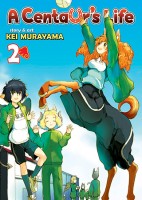
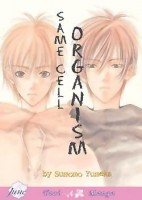

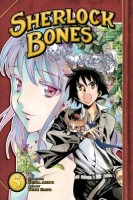




 ASH: With only
ASH: With only 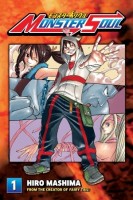

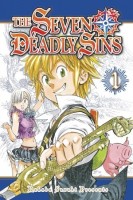

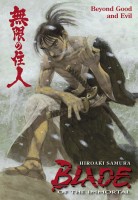




 SEAN: There’s so much stuff coming out
SEAN: There’s so much stuff coming out 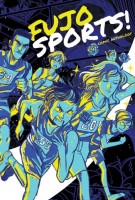
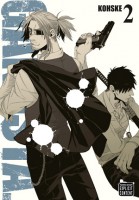
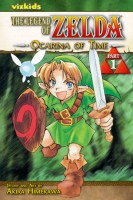
 K-20: The Fiend with Twenty Faces directed by Shimako Satō. K-20 is a live-action film based on the novels of Soh Kitamura (which sadly haven’t been translated into English) which were in turn inspired by the works and characters of Edogawa Rampo, specifically his famous detective Akechi Kogorō and his nemesis “Twenty Faces.” Akechi’s young assistant Kobayashi also has a role to play. It was because of this Rampo connection that I decided to watch the film in the first place, but even those unfamiliar with the references will be able to enjoy the movie. Packed with action and stunts, a little bit of romance, a great cast, and a large dose of humor, K-20 was extremely entertaining. The film is set in the late 1940s in an alternate history in which the Second World War was never fought but in which a strict hierarchical class structure is enforced. The story follows Endo Heikichi, an acrobat who is arrested for being the master thief K-20 after being set up, and his attempts to prove his innocence, basically by becoming as skilled as K-20 himself.
K-20: The Fiend with Twenty Faces directed by Shimako Satō. K-20 is a live-action film based on the novels of Soh Kitamura (which sadly haven’t been translated into English) which were in turn inspired by the works and characters of Edogawa Rampo, specifically his famous detective Akechi Kogorō and his nemesis “Twenty Faces.” Akechi’s young assistant Kobayashi also has a role to play. It was because of this Rampo connection that I decided to watch the film in the first place, but even those unfamiliar with the references will be able to enjoy the movie. Packed with action and stunts, a little bit of romance, a great cast, and a large dose of humor, K-20 was extremely entertaining. The film is set in the late 1940s in an alternate history in which the Second World War was never fought but in which a strict hierarchical class structure is enforced. The story follows Endo Heikichi, an acrobat who is arrested for being the master thief K-20 after being set up, and his attempts to prove his innocence, basically by becoming as skilled as K-20 himself.